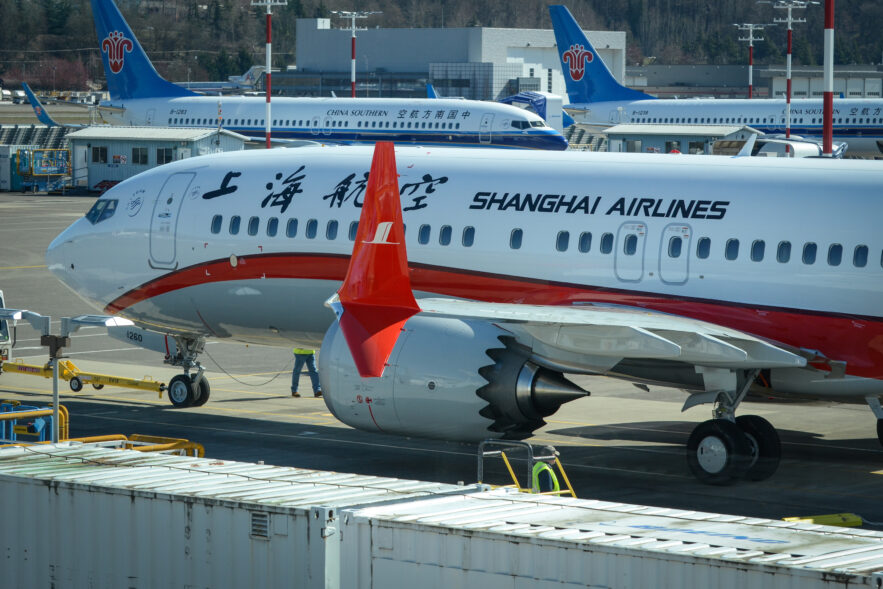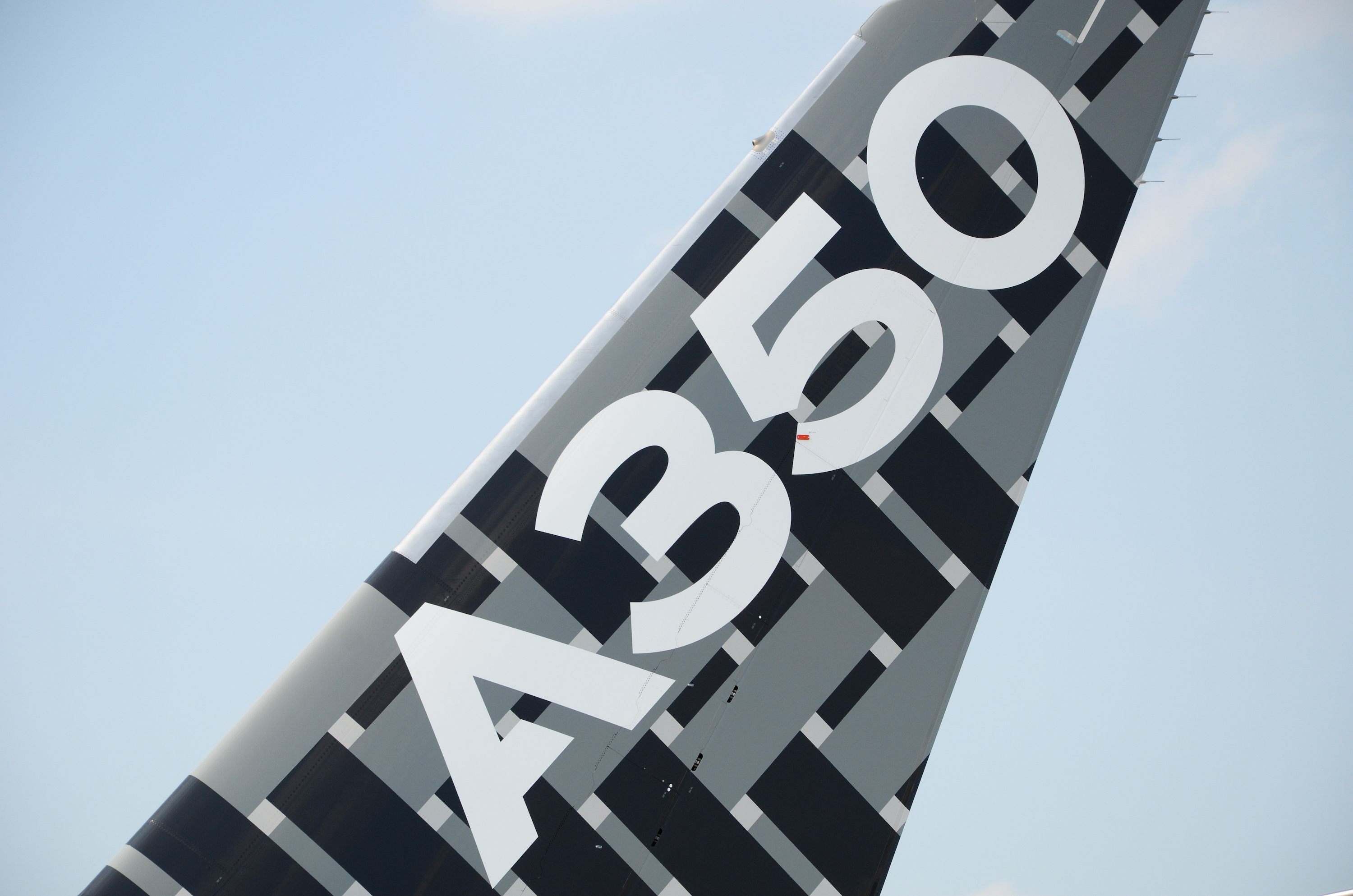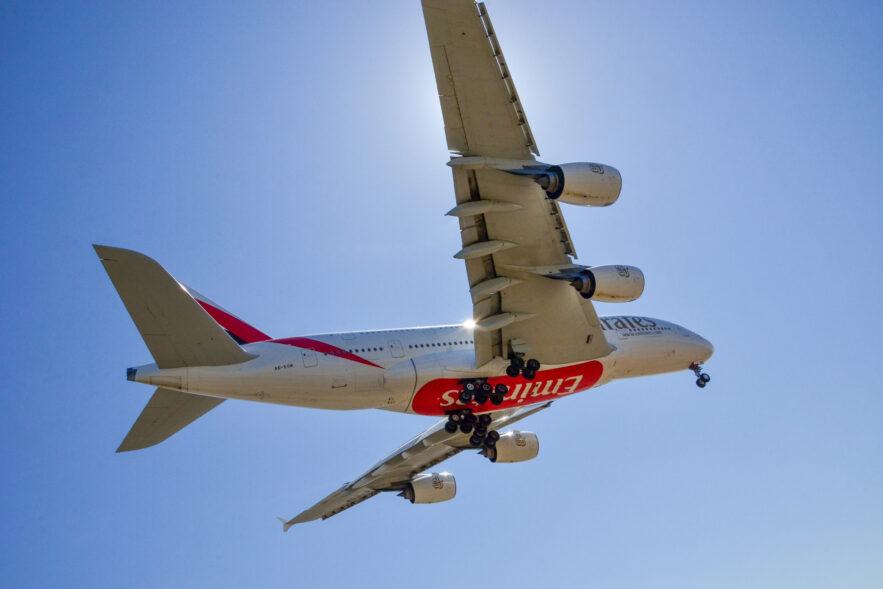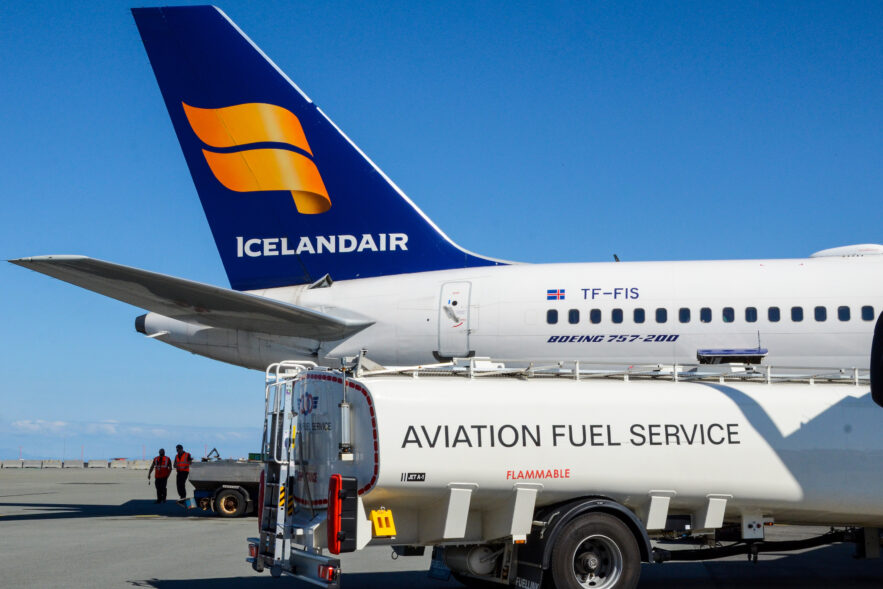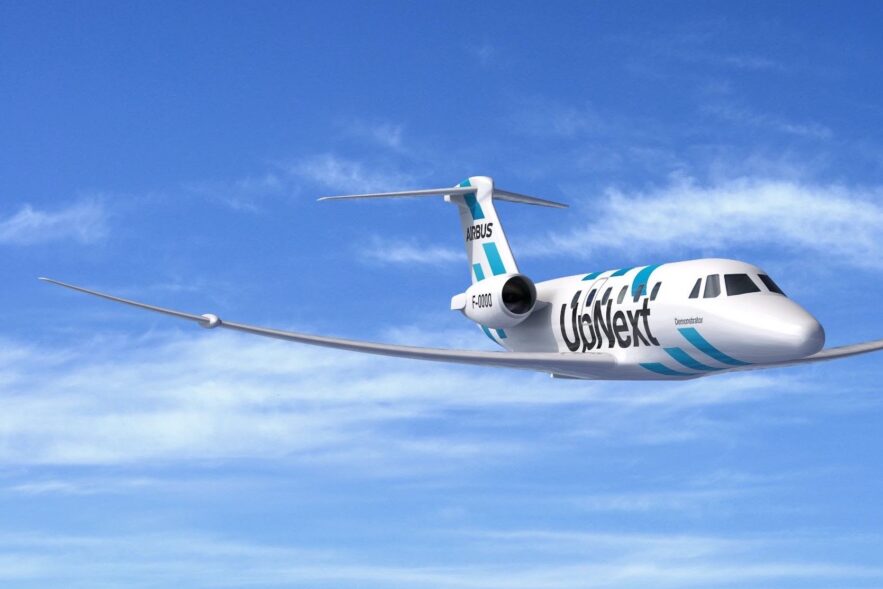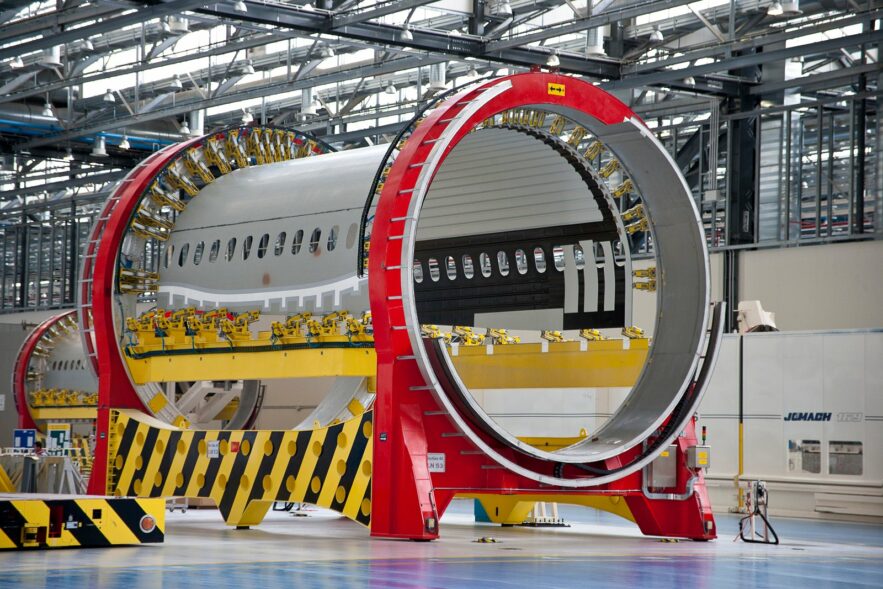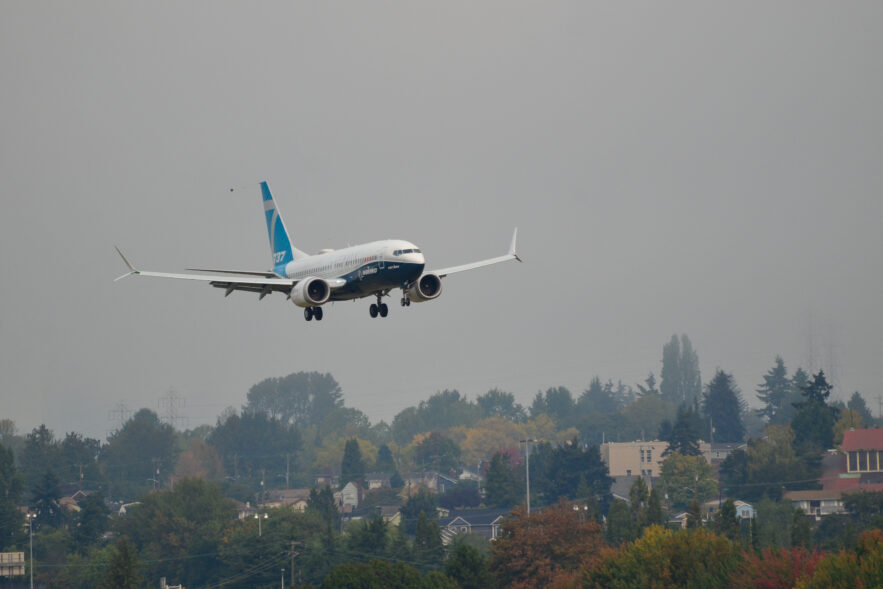Beyond labor shortages, constrained maintenance capacity, and a still-significant portion of the world’s fleet parked, a previously unthinkable challenge faces the industry as the global economy marches on. We may not have enough airplanes.
The industry is closely watching Boeing’s progress as a bellwether for its own health and that of the disrupted global supply chain. While its build rate will accelerate to 31 early next year, the company will need to advance its delivery rate well over that level in order to burn down its enormous inventory of 737 Max aircraft built and stored during the grounding.
Yet, even with this key development, the jet will return to a transforming Chinese aviation ecosystem that bears little resemblance to the world just before the Max was grounded in March 2019. Since then, the dynamics between the U.S. and China have shifted considerably, along with a pandemic that has reshaped its logistical relationship with the world. And all this against the backdrop of major shifts in Chinese President Xi Jinping’s approach to western business.
Log-in here if you’re already a subscriber Release DateNovember 14, 2021Airbus tees up early A350 freighter orders with Air LeasePurchase...
The 2021 Dubai Air Show is a test of the new normal and the first large-scale civil international air show since COVID-19 ravaged aviation. Yet, Dubai is set against the backdrop of a world that is not as flat as it used to be. Freight has kept the civil aviation business alive through the pandemic. The A350 is set for launch here, the 777XF is coming, too, but not yet. Russia’s MC-21 is making its debut in Dubai. It’s a project that represents the geopolitical tension disrupting once open east-west supply lines, but its biggest opportunity may be at home where domestic air travel is booming again.
Airlines rally new climate targets at IATA’s annual meeting, puts onus largely on sustainable fuel production to meet 2050 carbon neutrality goal.
The Air Current has focused recent months extensively reporting on Airbus’s, until now, secret research effort to completely re-wing a Cessna business jet and rapidly accelerate a suite of new advanced flight control technologies -- including a foldable wingtip designed to flap freely in turbulence and maneuvers.
While Boeing announced it would slow the rate at which it builds 787s in mid-July below five per month, some suppliers have halted work and deliveries of large structural sections by at least one major supplier won’t restart until at least October 26.
Challenges from logistical to geopolitical permeate every level of the Boeing’s 737 Max visit to China. ATR's struggle to certify its own turboprop is a template for Boeing's uncertainty.
Airbus has launched its A350 freighter and the move is kicking off an arms race with Boeing, which has enjoyed a near-monopoly in the segment for decades. What if you could swap a battery between flights on an electric airplane? Tecnam thinks they may have the solution to speed up turn times for its P-VOLT commuter. Globetrotting ferry pilots document life in the air and what it's like flying through a pandemic when business is booming. Cockpit Casual is finally here and its worth every moment of your time.
Dogged by languid demand for twin-aisle aircraft and a spate of inspections, rework and manufacturing quality issues on already-built 787s, a question of the program’s long-term profitability hangs over Boeing. In its decade of deliveries, Boeing has earned back about half of the more than $28 billion in 787 production costs it has consistently reassured Wall Street it will recover.
With a method called program accounting, long blessed by both the U.S. Securities and Exchange Commission and its auditor, Deloitte, Boeing spreads its high early costs of jetliner production over a roughly 10-year block of deliveries, enabling it to book future earnings in times of steep cash usage. Ultimately the intent is to balance out the enormous costs of producing a jetliner and recognize the long-term rewards of a successful program.


